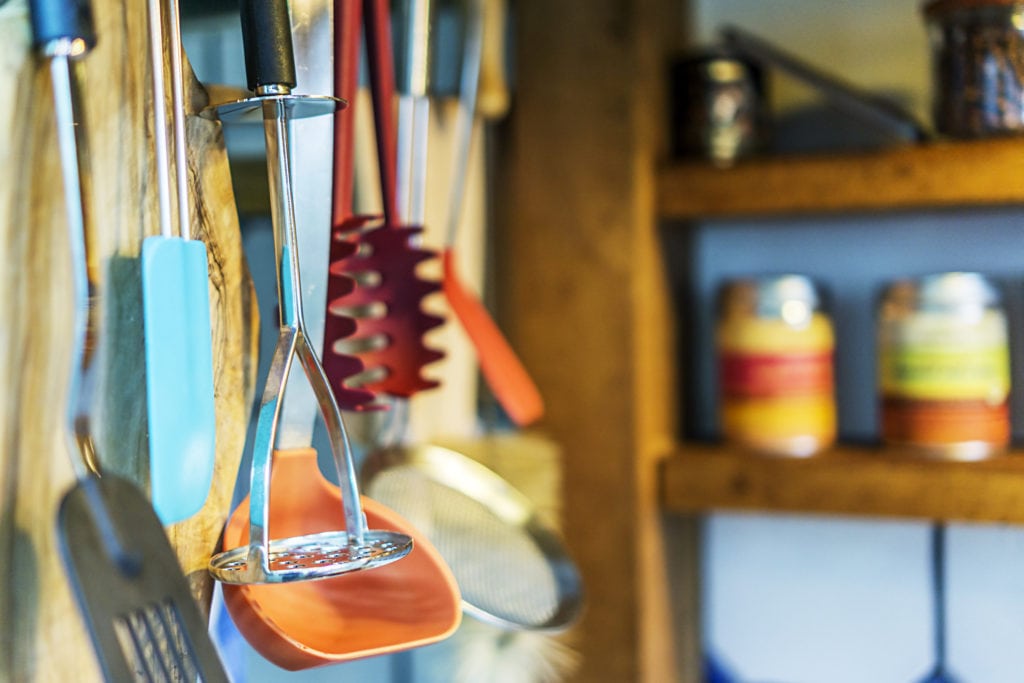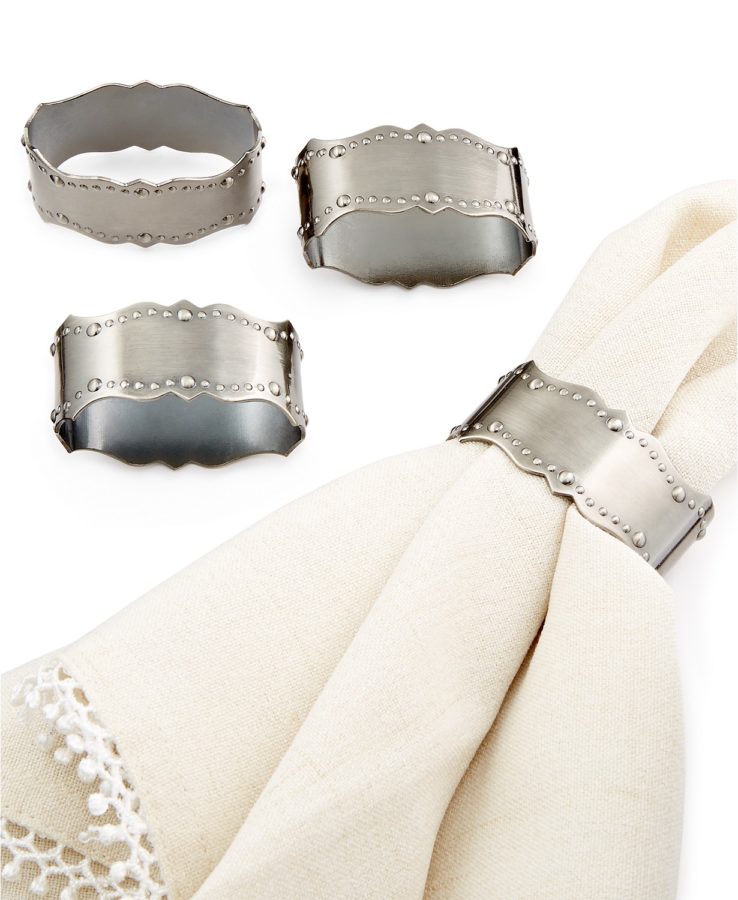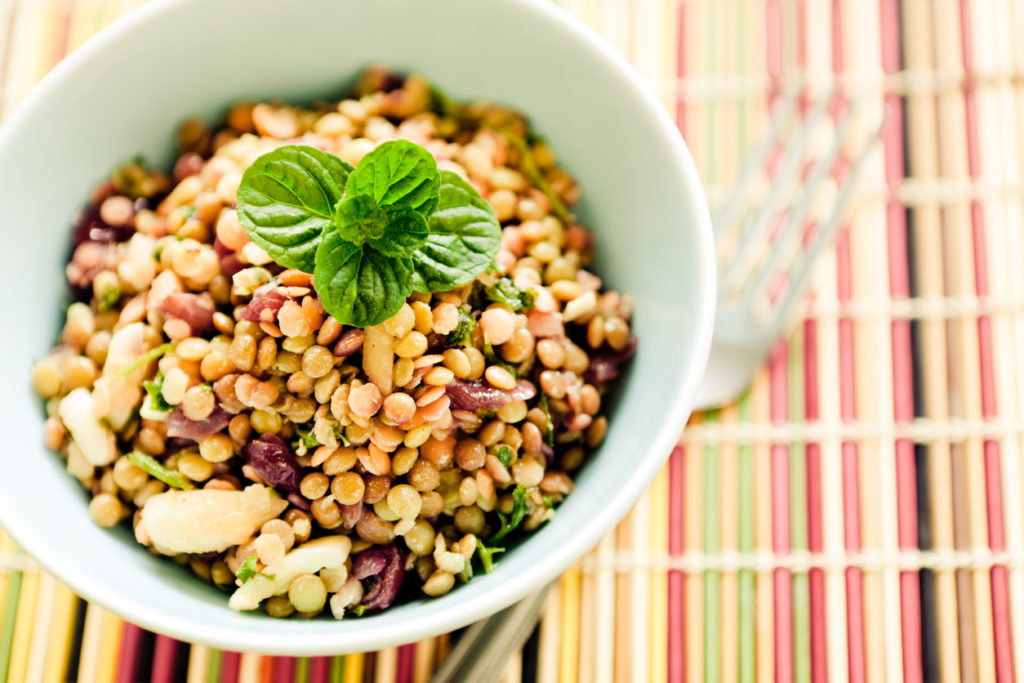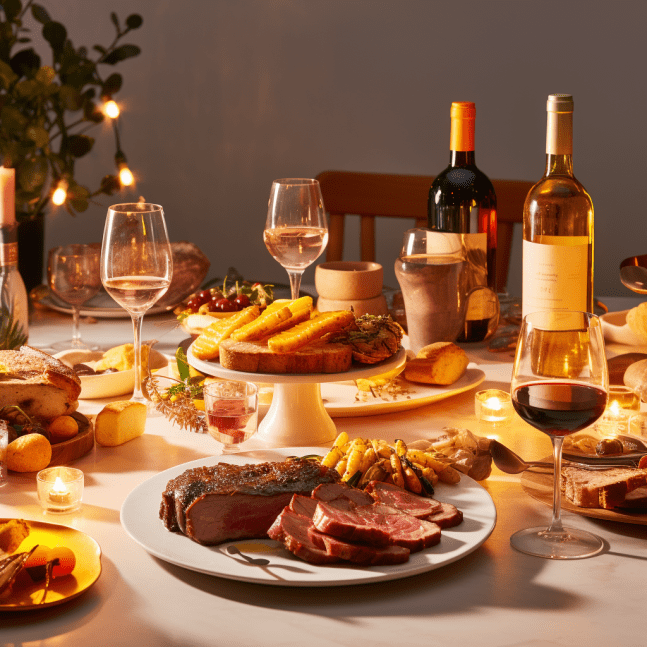Etiquette is a language that everyone can understand.
It’s a way to show respect and consideration for others, especially when it comes to dining. Dining etiquette has changed over time to keep up with cultural changes and new technology. But there are some timeless rules that can help us create pleasant and respectful dining experiences. Whether you’re at a casual meal or a formal dinner, these principles can make the experience better for everyone. In this article, we’ll discuss ten dining etiquette tips that have stood the test of time. These tips are rooted in tradition but can be adapted to modern situations. They can be applied in many different social settings. Join us as we explore the art of dining, where food meets politeness and respect.
1. Demonstrate Respect through Being On Time

When it comes to meal manners, being punctual is extremely important. Whether you’re attending a casual breakfast or a formal dinner, it’s crucial to show respect for the host and other guests by arriving promptly. If something unexpected causes a delay, it’s polite to inform your host as soon as possible. Keep in mind that meals, especially dinner parties, often follow a set schedule. Being late can disrupt the flow and cause unnecessary inconvenience.
2. Use Utensils Mindfully:

Your understanding of cutlery can reveal a lot about your dining etiquette. As a general rule, start with the utensils farthest from your plate and work your way inward. If you’re unsure, observe your host or other diners for guidance. Remember to hold your utensils correctly: fork in the left hand and knife in the right. Avoid using your utensils to gesture or point, as it is considered impolite.
3. Napkin Etiquette:

Though seemingly trivial, proper napkin usage is an essential aspect of meal etiquette. Once you’re seated, neatly unfold your napkin and place it on your lap. Use it discreetly to dab your mouth when necessary, avoiding vigorous wiping. If you need to excuse yourself during the meal, place the napkin neatly on your chair. At the end of the meal, leave it to the left of your plate, unfolded and not crumpled.
4. Mastering the Art of Conversation:

Dining is not just about the food; it’s also about companionship and engaging in conversations. Avoid discussing controversial topics such as politics, religion, or personal issues. Instead, choose neutral and light-hearted subjects that encourage everyone to participate. Be an attentive listener, maintaining eye contact, and showing genuine interest in the conversation. Additionally, avoid speaking with food in your mouth, as it is impolite and potentially messy.
5. Show Respect to the Host:

Expressing gratitude towards the host is a timeless display of good manners. Compliment them on their food, decorations, or hosting skills, but avoid excessive praise. If you have any dietary restrictions or allergies, inform the host well in advance, rather than mentioning it upon arrival or after the meal has been served. Lastly, offer to assist with clean-up after the meal as a polite gesture to show appreciation for their efforts.
6. Eat at a Moderate Pace:

Eating too quickly can be seen as greedy, while eating too slowly may indicate disinterest in the meal. It’s best to match the pace of your fellow diners. If you tend to eat slowly, try to slightly increase your speed, but avoid rushing to the point of discomfort. The goal is to finish around the same time as others to maintain a sense of togetherness during the dining experience.
7. Cell Phone Etiquette:

In today’s world where smartphones are everywhere, it’s super important to talk about how they fit into meal manners. During a meal, make sure your phone is on silent and out of sight. If you absolutely have to take an urgent call or respond to a message, politely excuse yourself from the table. Remember, the people you’re with should always be more important than your digital interactions.
8. Portion Control:

It’s not cool to take way too much food at once, especially at a buffet or family-style meal. Start with a small portion and you can always go back for seconds later. This way, everyone gets a fair chance at the meal and we can avoid wasting food. Plus, it shows respect for the host who put effort into preparing the meal.
9. Handling Unwanted Food:

We’ve all come across a dish that we don’t really like at some point. The trick is to handle it subtly. Avoid making a big fuss or showing disgust. Instead, quietly place the unwanted food to the side of your plate. If someone asks, be tactful and focus on your personal preference rather than criticizing the dish.
10. Expressing Gratitude:

Finally, no matter how fancy or casual the meal is, always show your gratitude before leaving. Thank your host for the meal and their hospitality. You can do this in person, through a follow-up message, or with a handwritten note. Expressing gratitude not only shows good manners, but also makes your host feel appreciated.
The Leftovers
These timeless rules of meal etiquette aren’t just about being polite, they reflect a deeper understanding of respect, consideration, and appreciation for others. Whether you’re at a fancy dinner party or a casual get-together, following these etiquette tips can make your dining experience more enjoyable and harmonious.

